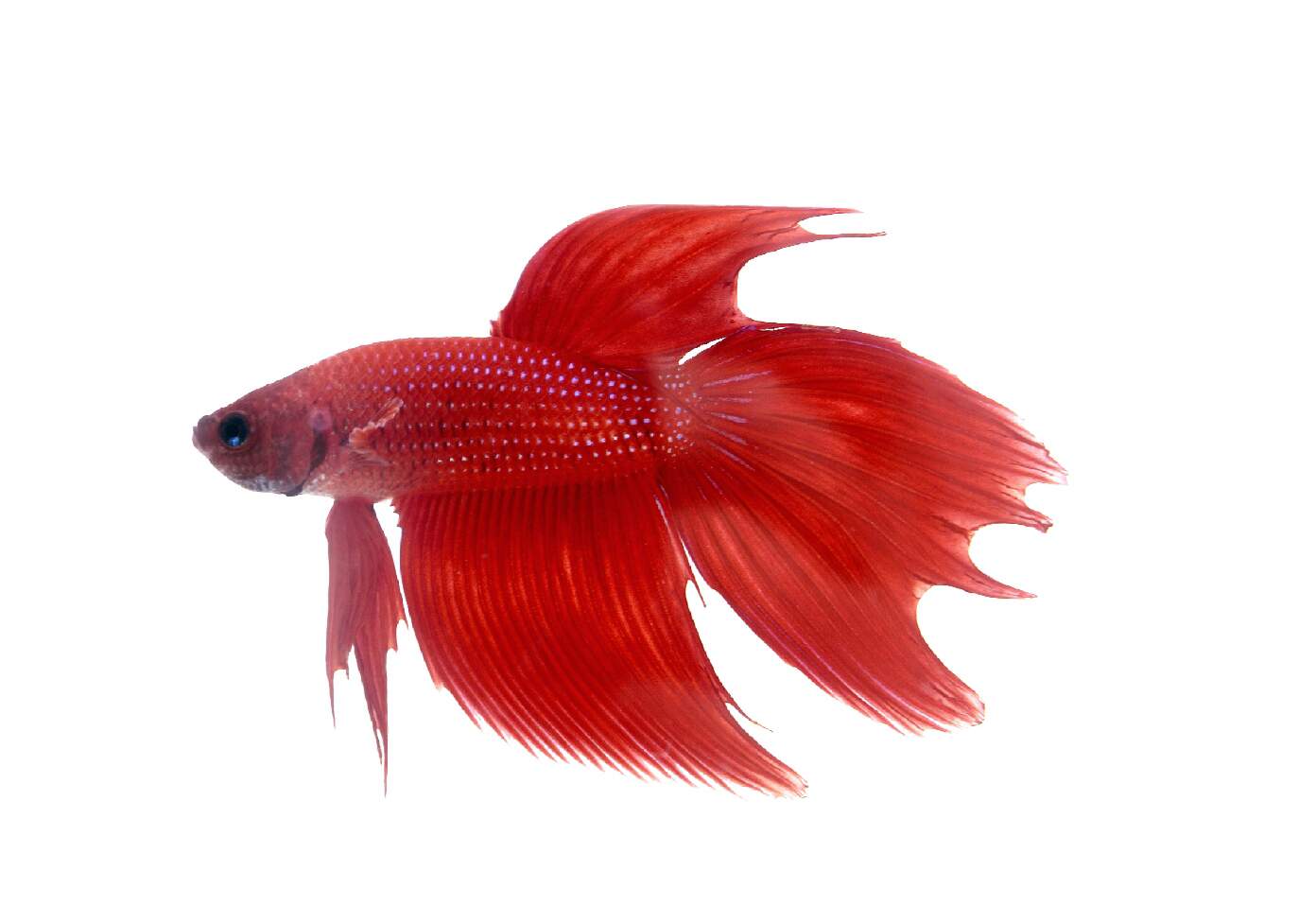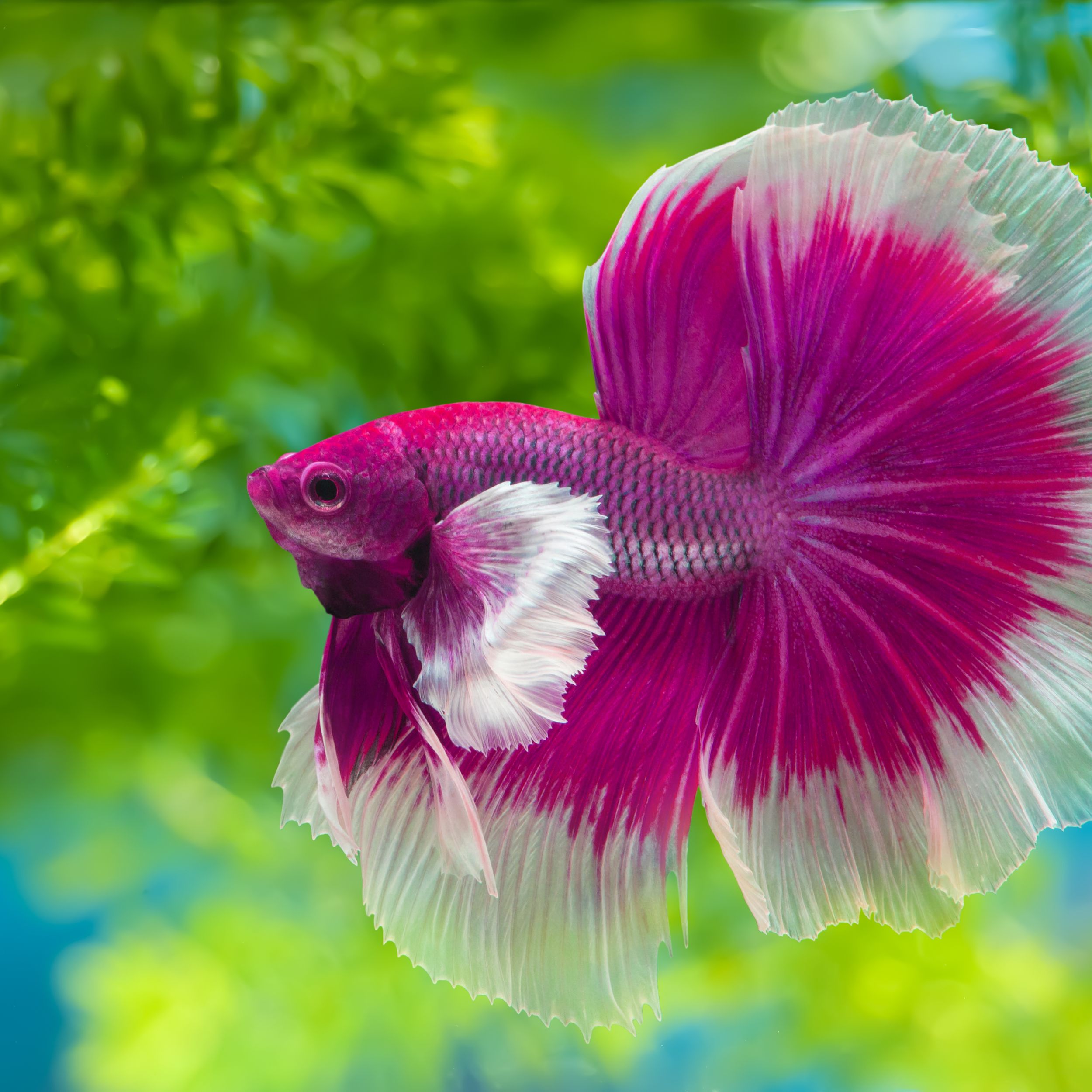Understanding Betta Fish Behavior: What Every Proprietor Should Know
Understanding Betta Fish Behavior: What Every Proprietor Should Know
Blog Article
How to Breed Betta Fish Successfully: Specialist Methods and Insights for Hobbyists Looking to Increase Their Betta Collection
Breeding Betta fish calls for a nuanced understanding of genetics and ecological conditions, making it important for enthusiasts to approach the procedure with both persistance and care. Developing an optimal reproduction environment, picking the best sets, and observing the complexities of their courtship actions are foundational actions that can considerably affect the result. Furthermore, the succeeding care of the fry is essential for ensuring their healthy and balanced development. As we check out these vital components, it comes to be clear that effective breeding is not just concerning the initial pairing however incorporates a broader method that qualities cautious factor to consider.
Recognizing Betta Fish Genetics
Recognizing the genes of Betta fish is crucial for effective reproduction, as it affects attributes such as color, fin shape, and behavior. Betta fish show a varied variety of shades and patterns, mainly identified by their genetic makeup. The main genes accountable for coloration include the "B" genetics for blue, "D" genetics for red, and the "C" gene for color strength. Breeders can manipulate these traits by selecting particular parent fish that exhibit desired characteristics.
In addition to coloration, fin morphology is another substantial element of Betta genetics (betta fish). The sizes and shape of fins are influenced by various genetics, consisting of those that identify whether the fins are short, long, or veil-shaped. Recognizing these hereditary variations aids dog breeders predict the phenotypic end results of their children
Furthermore, behavioral attributes such as aggressiveness and territoriality can also be affected by genes. These behaviors play an essential function in the breeding procedure, as they can impact generating success and the general temperament of the resulting fry. By adequately comprehending these genetic principles, breeders can make enlightened decisions, inevitably enhancing their reproduction programs and accomplishing preferable results.
Preparing the Reproduction Environment
Developing an optimal reproduction environment is crucial for the successful recreation of Betta fish. The initial step in preparing this environment is to choose an appropriate breeding container, ideally ranging from 5 to 10 gallons. This dimension allows for adequate swimming space and the establishment of regions. The tank must be equipped with a heating unit to keep a stable temperature level in between 78 ° F and 80 ° F, which is vital for encouraging spawning habits.
Following, take into consideration making use of a sponge filter or an air stone to supply mild water circulation without creating strong currents that can worry the fish. It is important to set up plants or reproducing cones to supply concealing spots and promote comfort for the female during the spawning process. Floating plants, such as Java moss or water sprite, can likewise produce a much more natural surroundings while helping with bubble nest building by the male.
Before introducing the breeding pairs, make sure the water is conditioned and complimentary from unsafe chemicals, such as chlorine or hefty steels. betta next fish. Normal water adjustments should be carried out to maintain optimal water quality, enhancing the chances of successful reproduction. With these prep work in position, the reproducing atmosphere will support the health and wellness of both Betta fish
Choosing Breeding Pairs
Selecting the appropriate breeding sets is critical for accomplishing effective Betta fish recreation. Healthy and balanced Betta fish show dynamic shades, clear eyes, and active behavior.
Character More Bonuses is another vital consideration, as Betta fish are recognized for their hostile nature. It is advisable to choose a man and woman that exhibit compatible characters to decrease stress during the breeding procedure. A tranquil man can encourage a smoother courtship, while a woman that is as well hostile might disrupt the process.
Hereditary background likewise plays a substantial function in the top quality of the offspring. Breeding fish that are genetically varied can reduce the danger of genetic health and wellness concerns and boost the general vitality of the fry. It is useful to look into the lineage of both the male and lady, concentrating on desirable attributes such as fin type, color scheme, and dimension.
The Reproduction Refine
The reproduction process of Betta fish needs mindful planning and interest to detail to make certain a successful result. Originally, it is vital to prepare a suitable breeding storage tank, ideally a 5-10 gallon fish tank with a temperature level maintained at 78-80 ° F. The storage tank needs to be equipped with a heater, filter (preferably sponge type to prevent strong currents), and plenty of water plants for the woman to conceal.
When the setting is established, present the picked reproducing set to the container, permitting them to acclimate. Observe their behavior; the male will display elaborate courtship routines, consisting of flaring his fins and constructing a bubble nest. If the lady reveals passion, she will certainly present vertical red stripes suggesting readiness for spawning.
When the lady is responsive, the pair will certainly engage in a breeding welcome, throughout which the male fertilizes the eggs. Maintaining optimum water conditions during this period is essential for the growth of healthy Betta fry.
Caring for Betta Fry

Feeding Betta fry is important, as they call for a diet regimen high in protein. They can be fed infusoria or liquid fry food, transitioning to finely smashed top notch pellets as they expand. Feed small portions multiple times a day to motivate healthy and balanced development without straining the storage tank with leftover food.

As they mature, check their growth very closely and separate any kind of aggressive people to avoid injury. By supplying a nurturing atmosphere and proper nutrition, enthusiasts can effectively elevate Betta fry into vibrant, healthy fish, inevitably improving their reproduction endeavors.
Final Thought
Successful Betta fish breeding calls for precise focus to genetic choice, ecological conditions, and take care of the fry. By recognizing the genetics of Betta fish and preparing a suitable reproduction environment, enthusiasts can improve the opportunities of producing lively, healthy and balanced offspring. Choosing suitable reproduction pairs and carefully checking the courtship and spawning processes are important. Giving optimal care for the fry ensures their healthy advancement, adding to a growing Betta collection.
Report this page